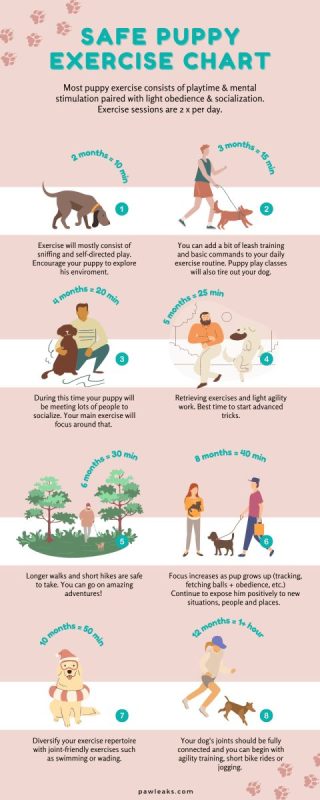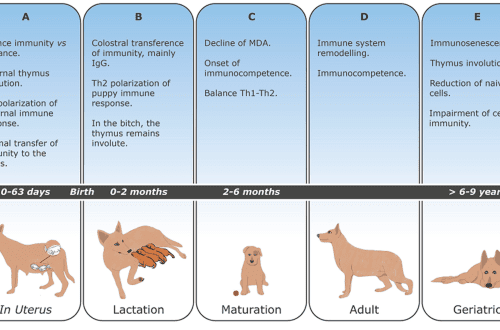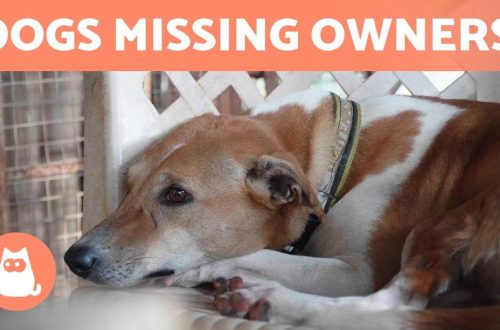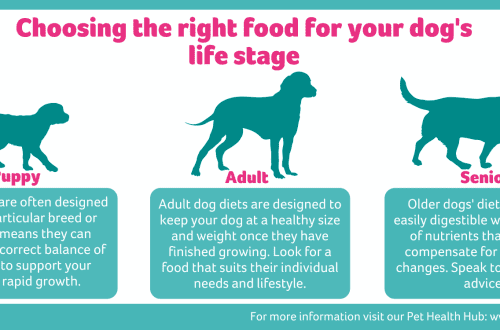
How to walk with a puppy and what physical activity is good for him
Everyone who has ever been around puppies knows that they are little fluffy balls of energy. Work, family, and leisure leave you little time to train your puppy and teach him to keep the house clean, and making time to control his physical activity can be even more difficult. Remember: an active puppy is a healthy puppy. Keeping your puppy active is an important part of keeping him healthy and strengthening the relationship between you.
Contents
Why physical activity is so important
Physical activity is not only essential for your dog’s physical and mental well-being, but it also helps build a strong relationship between you and your pet and maintain it throughout your life. Regular exercise goes a long way towards keeping a person healthy and happy – the same can be said for a puppy.
- Exercise prevents obesity and its associated health risks.
- Strengthen the cardiovascular system and muscles.
- With frequent walks on a schedule, it becomes easier to train at home.
- The puppy is better able to cope with your absence.
- Through physical, intellectual and social stimulation, behavioral problems are reduced.
- Digestive problems and the risk of constipation are reduced.
- Improves ingenuity.
- Increased confidence and confidence, especially in shy puppies.
- Weight is controlled.
- Strengthens interaction with people and other dogs.
Destructive behavior
Healthy activity will keep your pet away from problem behaviors. Typically, dogs are bred to perform a specific task, such as herding, hunting, or guarding. Therefore, the puppy will want to be much more physically active and walk outside more. If it is impossible to give an outlet for energy, he develops destructive behavior.
- Hyperactivity and restlessness at night.
- Chewing, digging, scratching.
- Digging in the trash.
- Overturning furniture and jumping on people.
- Predatory behavior.
- Rough games and the desire to bite the owner.
- Excessive barking and whining.
How much physical activity does a puppy need?
Although puppies are more energetic than adult dogs, they require much less physical activity. Excessive physical activity can result in exhaustion and joint damage, especially in large breed puppies. Exercise needs vary from breed to breed, but all dogs should walk at least once or twice a day. The duration of walks in puppies should increase by 5 minutes with each month of life. In the end, you need to get on the regime of two walks a day. For example, a three-month-old puppy should walk and run for 15 minutes every day, a four-month-old puppy for 20 minutes, and so on.
How to provide a puppy with physical activity
Even if you have a large yard where the puppy can run around, this is not enough for him, because he has a lot of energy. Short walks and runs are healthy exercise for both you and your partner. Games with clear rules, such as “bring the loot” or tug of war, also help strengthen the relationship between you and your puppy and teach him self-control. If your dog is home alone, keep him occupied with chew toys and puzzle feeders.
Avoid strenuous puppy training that can lead to injury or health problems for the rest of your life. Reinforced training is too much running, cycling or ice skating with a dog on a leash, too long a game of “fetch the booty” and long walks at a fast pace.
For more information on how to exercise your dog, check out this helpful article.





